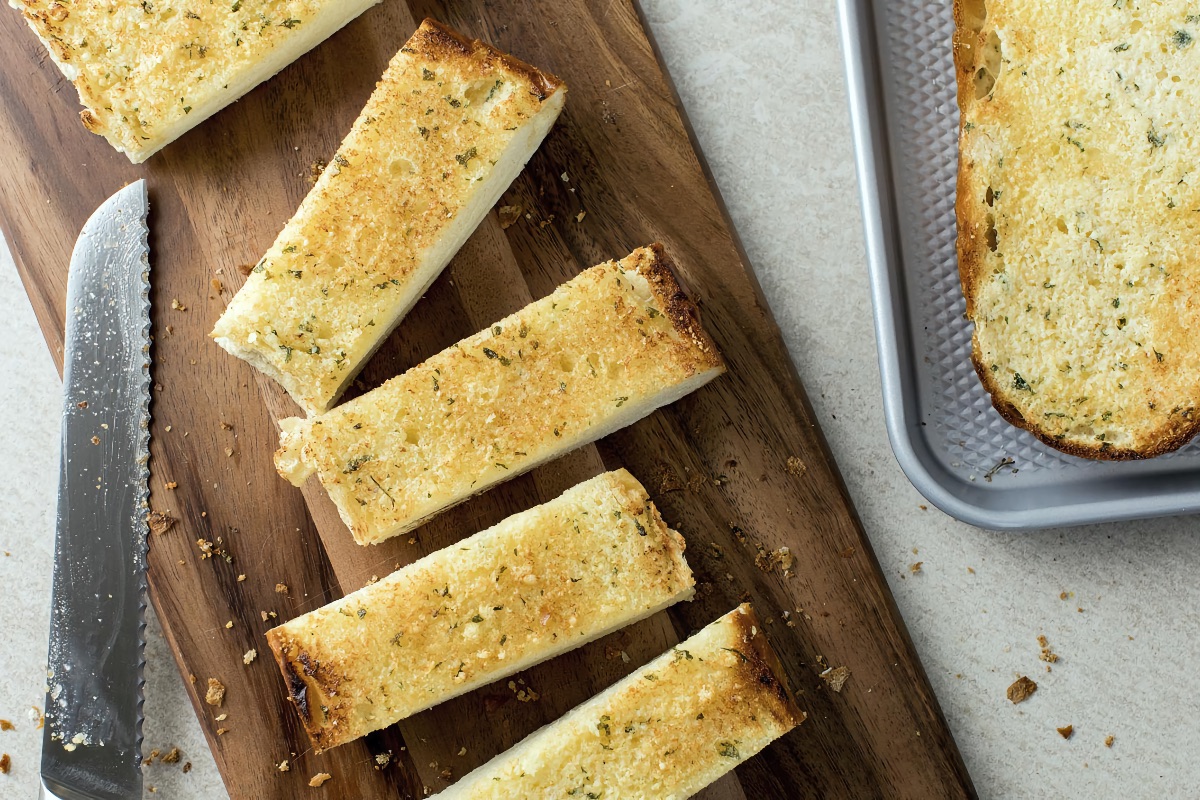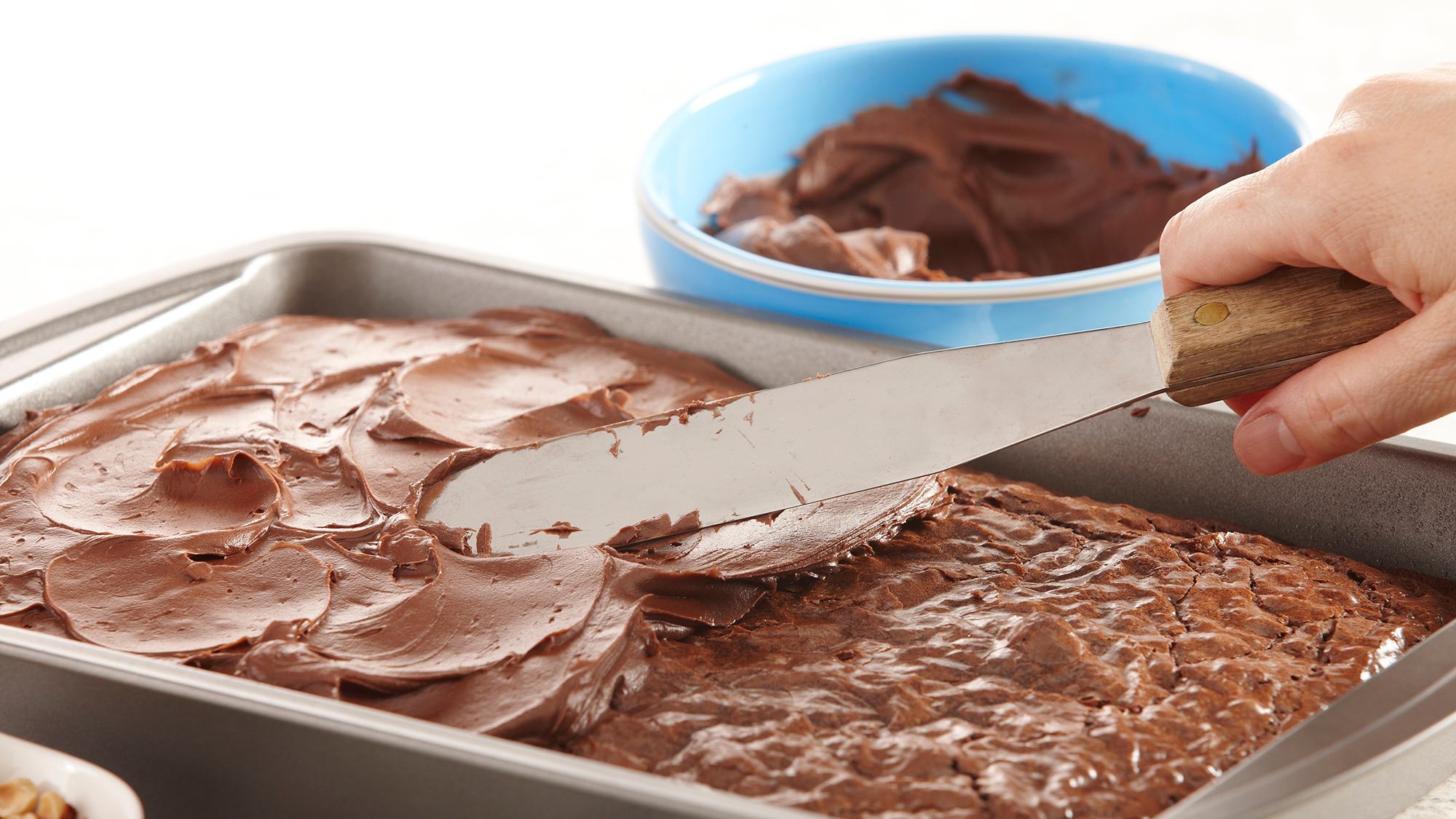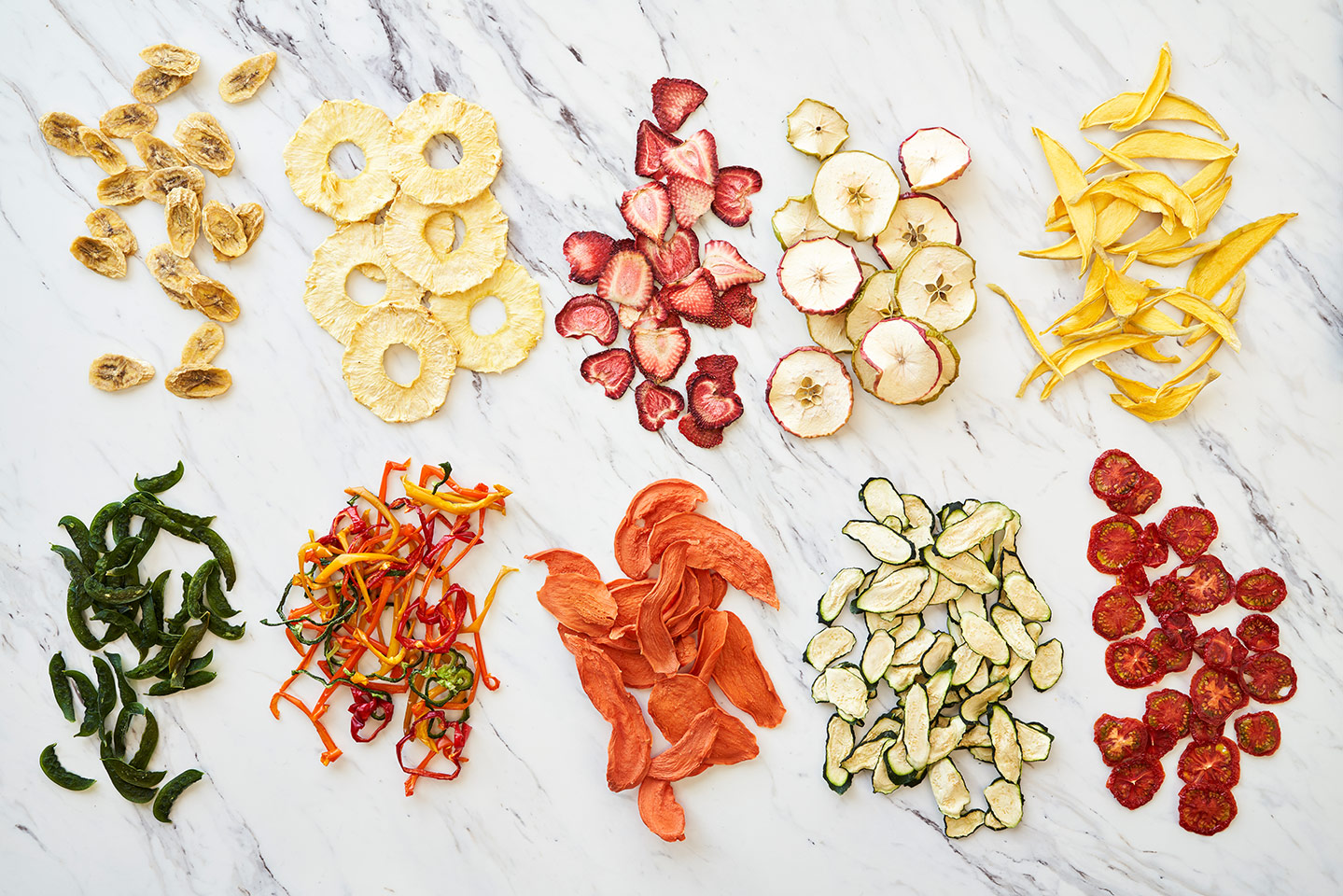Smoke is one of my favorite flavors. I’ll take a Whopper over a Big Mac any day, and bacon always over ham. I dare you to show me one trendy restaurant menu missing the word “smoked.”
Cooking directly over flames is ancient and inimitable, and practically any food with hints of smokiness can evoke the image of a chef expertly tending to an unwieldy wood fire. But lately, I’ve realized that a similar flavor can be attained using nothing but my gas stovetop.
Hear me out. Hosting is all about exceeding expectations, and when I cook directly over my burners, I can make quick, simple dishes that taste like they’ve been cooking on a fire for hours—all without ever leaving my cramped apartment kitchen. If you’re looking to cook more sustainably and eat more vegetarian meals, smoking vegetables on the stovetop is a great way to add a meaty undertone to subtle ingredients, giving them the heft of proteins.

Just one note of advice: If you, like me, have no ventilation hood, open your windows before getting started. Please practice general fire and kitchen safety in the small chance that food catches on fire. While this has never happened in my experience, you can never be too safe.
Two simple tools make the stovetop smoking process painless
The metal grates over any gas stove are shaped to support a pot, not a handful of charring green beans. To facilitate the easiest open-flame stovetop cooking, buy a simple metal mesh rack and a pair of large tweezers.
You can use the metal rack you already have for cooling cookies, but it will get degraded quickly from repeated exposure to direct flame. I have an inexpensive wire rack designed for Japanese yakitori grills, but it’s the perfect size to fit over one stovetop burner. To nimbly handle everything I have charring, I opt for large chef’s tweezers, which outperform traditional tongs in nearly every way.
Avoid precariously balanced vegetables by using a stovetop grilling rack, $8 at Korin, and large chef’s tweezers, $8.59 on Amazon.
Delicate veggies will take no more than a minute
With this stovetop open-flame setup, small vegetables can nearly instantaneously become impressive appetizers and side dishes. Green beans, for example, blister after no more than 45 seconds over my burner’s flame. I like to serve them immediately, tossed with olive oil, chili, fresh basil, and flaky salt.
Cherry tomatoes also char and bubble, becoming decadently juicy within a minute or two of exposure to flame. I finish them with the same reliable glug of olive oil and a generous pinch of flaky salt; perhaps some bracing vinegar or ground chili, too.

And bite-sized pieces of sweet, tender corn develop irresistibly burnished kernels in about one minute. Rubbed with butter (and, optionally, a bit of grated parmesan or bottarga) they make a fabulous snack or side to any meal.
A touch of bitterness from black blistered spots on these vegetables is delicious, but I always keep a watchful eye: too much time over the flame will render their delicate skins inedible.
Sturdier vegetables take a longer time
Denser vegetables, on the other hand, take much longer to cook and fully absorb a smoky flavor. Their outer layers completely carbonize, but their interiors become sweet, jammy, and deeply smoky — making them striking as snacks, garnishes, or ingredients in complex sauces. I rely on those lovely long tweezers to make sure every side gets sufficient exposure to flame.
All types of peppers, for example, blacken completely after five or so minutes over my stovetop. I always cover them with an upside-down bowl as soon as they are off the flame; this way, they continue to cook for a few minutes in their own steam. The peppers’ burnt skins are then incredibly easy to rub off, revealing a soft, succulent flesh that is wonderful sliced, marinated in olive oil and vinegar, mashed into a dip, or puréed into a soup.

Eggplants can easily char over the stove for a half hour, becoming ink-black and brittle. Inside, however, you’ll find an impossibly soft, supremely smoky pulp. I like to make a simple and beautiful dish by placing halved charred eggplants directly on a serving plate, then finishing them with plenty of salt, olive oil, yogurt, and herbs.
And onions and beets can go for an hour or more of direct stovetop flame. Their outer layers will be beyond burnt, but don’t stress. The sweet interior layers of these smoked onions are addictive to snack on, whether mixed with olives as an appetizer, smashed on toast, or included in a heartier main course. The beets, once cooled and peeled, reveal a vibrant ruby interior with a meaty flavor and chew. Slices of them are delicious in salads, mashed into yogurt dips, or blended into sauces.
Almost any vegetable recipe you already enjoy will benefit from some stovetop smokiness—so get exploring.
This article was written by Jonah Reider from Food & Wine and was legally licensed through the NewsCred publisher network. Please direct all licensing questions to legal@newscred.com.








